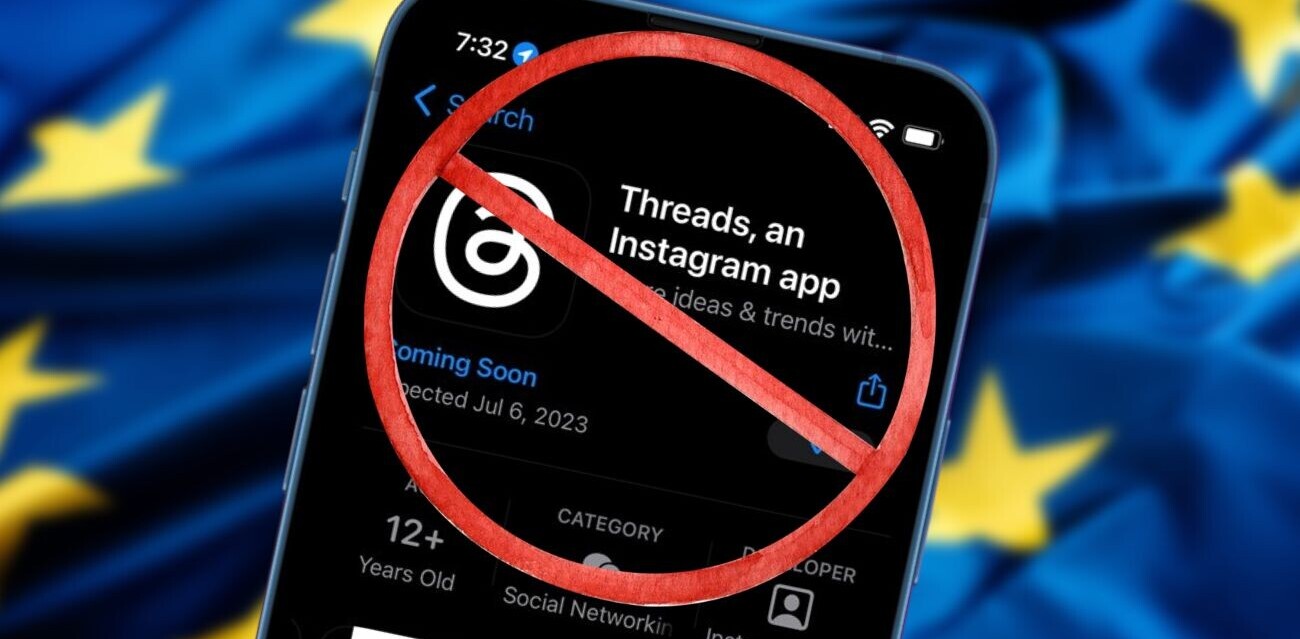
Twitter today revealed it’s testing a feature that would essentially ask the reader if they’d like to read an article before they actually retweet it. It’s doing this as part of a campaign to get people to actually talk about the stuff they retweet — I know, the horror.
The news comes via a tweet from Twitter support, which reveals the prompt is running for Android. It’ll ask the user about reading the article specifically if they haven’t opened it from the link in the tweet. Presumably there’s no way Twitter would know whether you’ve read it elsewhere, though given how much information is available on social media nowadays, it wouldn’t surprise me if it somehow knew anyway. I admit, I find the idea of Twitter essentially guilting its users for not reading what they’re about to retweet very amusing.
Sharing an article can spark conversation, so you may want to read it before you Tweet it.
To help promote informed discussion, we're testing a new prompt on Android –– when you Retweet an article that you haven't opened on Twitter, we may ask if you'd like to open it first.
— Twitter Support (@TwitterSupport) June 10, 2020
Twitter’s been trying several new features that are to ostensibly raise the quality of conversation on the app. It’s tested new features that allow you choose who can reply to you, hide replies you don’t want to see, and also tidied up the interface so it’s easier to follow threaded replies.
Read: Twitter’s relaunching the ‘blue checkmark’ verification process
There might be some legitimate reasons for people to retweet an article without reading it — perhaps you read it on another site and are trying to signal-boost on Twitter. I often retweet stories from the main TNW account without reading them because each story is one I’ve either edited, proofread, or written myself. So it’s not always the case that retweeting an article on Twitter without having opened it means you haven’t read the story.
But then again, as Twitter product lead Kayvon Beykpour pointed out, retweets help articles to spread, and often users can retweet or help boost the reach of misinformation or harmful conspiracy theories. He adds “This can be powerful but sometimes dangerous, especially if people haven’t read the content they’re spreading.”
It's easy for links/articles to go viral on Twitter. This can be powerful but sometimes dangerous, especially if people haven't read the content they're spreading. This feature (on Android for now) encourages people to read a linked article prior to Retweeting it. https://t.co/qdYZ8w9e27
— Kayvon Beykpour (@kayvz) June 10, 2020
This won’t necessarily solve everything — if nothing else, bots are still going to bot. But I can appreciate Twitter encouraging users to do some reading and potentially some critical thinking before they give an article more reach.
The test is currently only running on the U.S.-based Android app, with no word on when, if ever, it’ll be rolled out to iOS or desktop.
Get the TNW newsletter
Get the most important tech news in your inbox each week.




